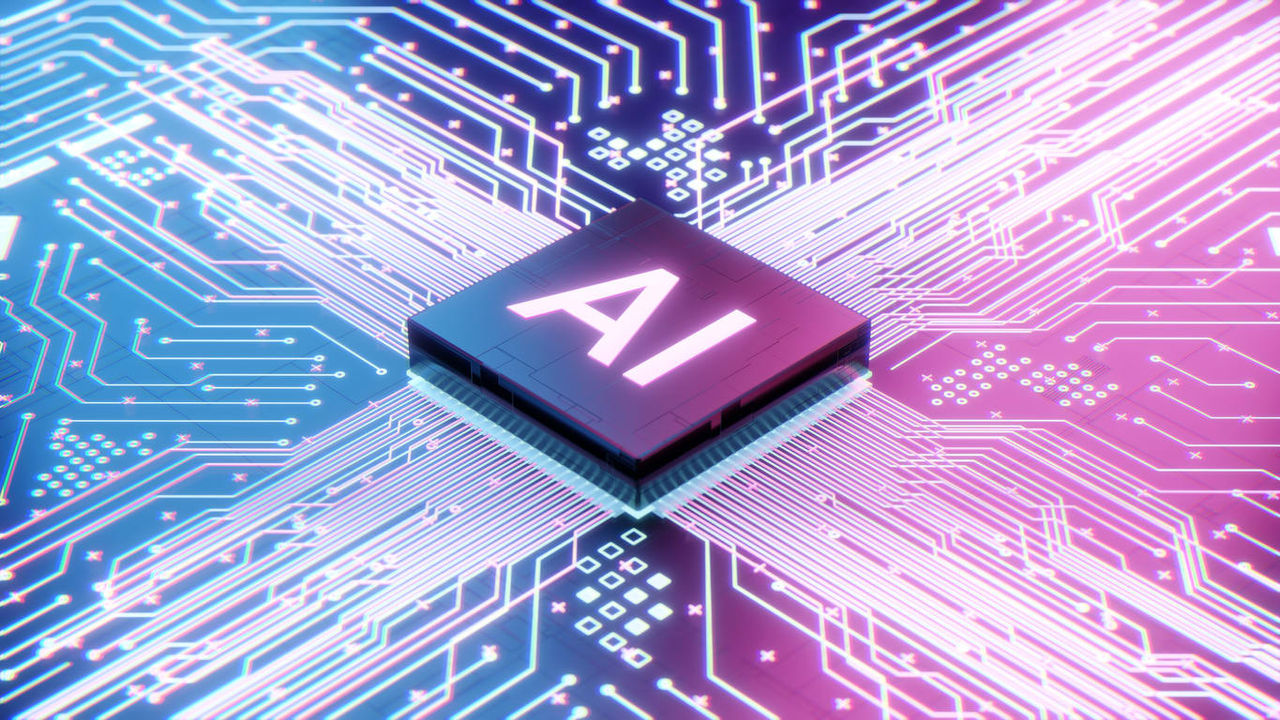As artificial intelligence pervades our workplaces, the hunger for authentic human connection has never been more acute. Today, employees crave deeper human interaction precisely because AI adoption is accelerating. Yet, trust in these systems remains scarce. This trust deficit is not just a technology problem; it is a human psychology crisis.
The question confronting HR leaders is not whether AI will transform work; AI Agents are already part of the workforce. The question is whether we will humanize this transformation in time. The way forward lies in five evidence-based steps that transform AI from a cold algorithm to a compassionate ally, supporting not just processes but people.
Five Practical Steps to Humanize AI at Work
STEP 1: Design AI as an Emotional Safety Net, not a Replacement
Research from Harvard and Stanford warns against "workslop” - AI content that appears polished but lacks substance, resulting in two hours of rework per instance. Deploy AI to identify needs; humans provide care.
Action Items:
· Map your employee journey: Identify 3-5 critical stress points where early warning could prevent crisis (performance drops, absence patterns, communication changes)
· Create "human handoff" protocols: Draft explicit guidelines for when AI monitoring must transfer to human intervention (suicidal ideation, harassment reports, sudden behavioural changes)
· Train managers on AI insights: Develop 2-hour workshops teaching leaders how to interpret AI sentiment reports and conduct empathetic follow-up conversations.
STEP 2: Establish Radical Transparency Around AI Use
According to McKinsey, 71% of workers have confidence in their employers, provided companies maintain transparent communication about how they implement AI. Despite recognizing the dangers associated with AI and accepting the possibility that artificial intelligence could displace a significant amount of their job responsibilities, employees maintain strong faith in their specific employers to implement AI safely and ethically.
Action Items:
· Publish an "AI Bill of Rights": Create a one-page document employees can access explaining exactly what data is collected, how AI makes decisions, and where humans retain final authority.
· Conduct monthly AI literacy sessions: Host 30-minute "lunch and learn" workshops demonstrating how your AI systems work, using live examples from your organization.
· Establish an AI Ethics Committee: Form a cross-functional team including HR, legal, IT, and employee representatives meeting quarterly to review AI deployment and address concerns.
STEP 3: Leverage AI to Democratize Wellbeing Support
Many well-being platforms offer therapy companions." Stanford research on VR and empathy demonstrates that technology can enhance empathetic skills when designed correctly. Position AI as the first step in a care continuum, not the destination.
Action Items:
· Build integration with Employee Assistance Programs: Ensure AI chatbots seamlessly connect users to human therapists within employee assistance programs when conversations indicate clinical need.
· Customize AI companions to company culture: Work with partners to train chatbots on your organization's values, available resources, and specific workplace stressors.
· Remove stigma through leadership modelling: Have senior leaders publicly share their use of AI wellbeing tools in town halls and internal communications.
STEP 4: Build Inclusion Through AI-Powered Personalization
AI chatbots make value judgments about certain identities and struggle with deep empathetic exploration.
Action Items:
· Conduct algorithmic bias audits: Hire third-party experts to assess your AI systems for disparate impact across demographics (race, gender, age, disability status) every six months.
· Implement "human override" policies: Require human review of all AI recommendations affecting career progression, compensation, or termination - document override reasoning.
· Create opt-out mechanisms: Give employees explicit choice to remove their data from AI analysis for career decisions without penalty.
STEP 5: Create Human Touch Points at Every AI Interaction
Research from the Proceedings of the National Academy of Sciences showed that communication from AI can make users perceive themselves as being more understood. Conversely, the same study identified a contradictory finding: individuals experienced a reduced sense of being heard when they discovered that the message they received originated from an AI source rather than from another human.
Action Items:
· Redesign AI-human workflows: Map every customer and employee AI interaction, inserting mandatory human checkpoints at emotionally significant moments, measure human interaction quality, and create human escalation SLA (onboarding, performance reviews, conflict resolution).
· Establish "AI transparency labels": Label all AI-generated content as "AI-assisted, human-reviewed" or "AI-drafted, manager-approved.”
· Train AI systems to recognize emotional cues: Work with partners to program chatbots detecting frustration, confusion, or distress - triggering immediate human handoff.
The Bottom Line is the Psychological Foundation
Stanford's Institute for Human-Centered AI emphasizes that successful AI adoption requires understanding "warmth and competence" - the two dimensions humans use to evaluate both other humans and AI systems.
AI should never replace human connection and understanding but can serve as a powerful ally. The future of the workplace is about gradual AI integration, giving companies & society time to adapt and co-evolve with the technology. Organizations creating "empathic ecosystems" use technology for scale while humans provide substance.
It is not about making AI seem human; it is about using AI to make humans more present and productive at work.
About the Author
J S Manoj Koundinya is a Senior Vice President & Head of Talent Acquisition, Talent & Career Management at DBS Bank India. Manoj is an HR leader with 20+ years of diverse experience across industries globally in Learning, Talent – Career Management, Organization Development, Wellbeing & Culture.




